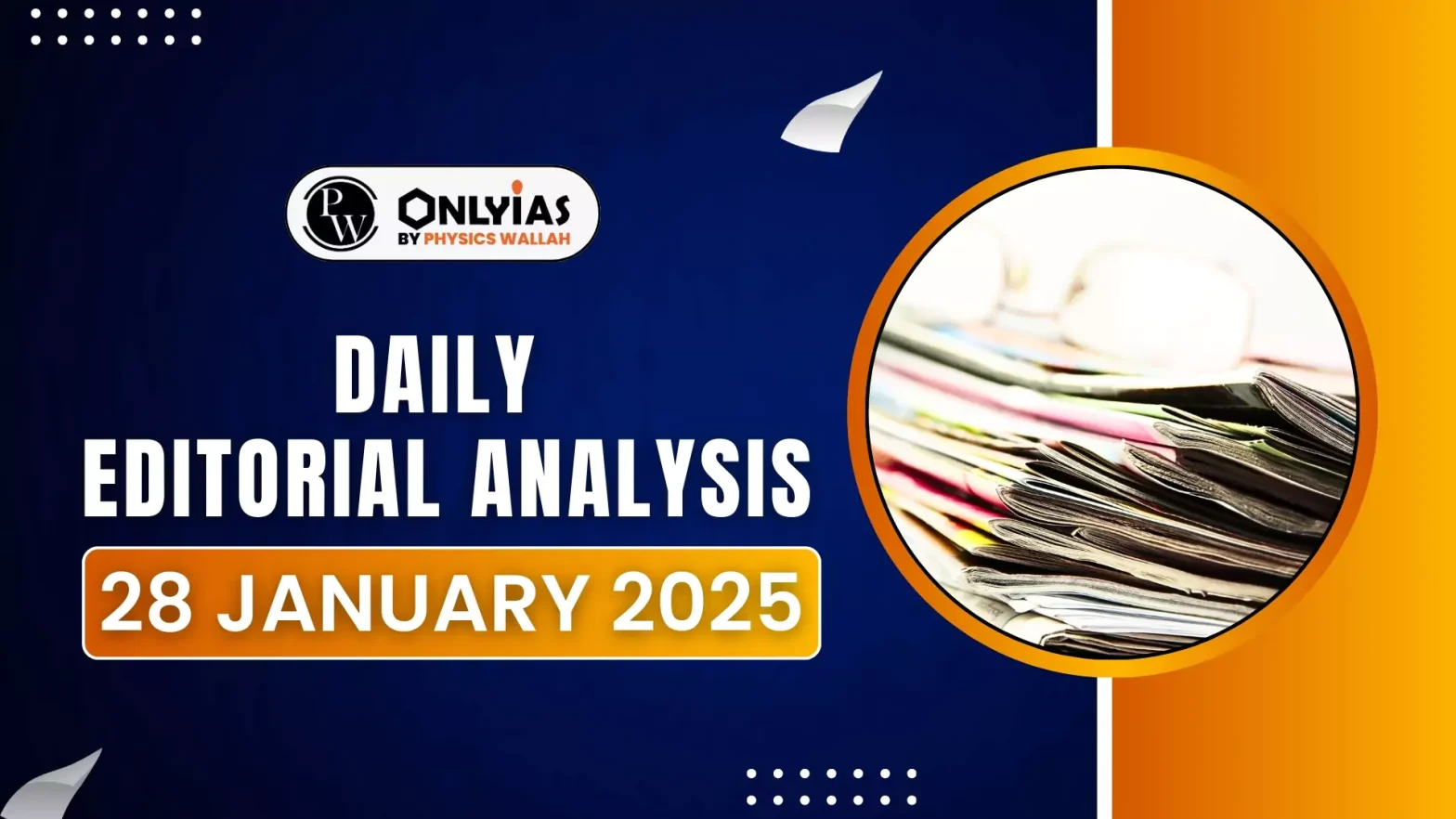The Budget for FY 2025-2026 should reflect the seriousness of the government in integrating climate competitiveness into India’s fiscal framework.
Expectations from Union Budget 2026
- Balancing Climate and Economic Goals: The 2026 Budget addresses the dual challenge of climate change and economic resilience.
- Finance Minister Nirmala Sitharaman must prioritize climate adaptation and mitigation while fostering economic growth.
- Net-Zero Target: With just five years to meet the interim Net-Zero target, urgent action is required to accelerate progress toward sustainability.
- Transformative Policies: The Budget has the potential to:
- Safeguard vulnerable communities from climate impacts.
- Enhance India’s global competitiveness through sustainable innovations.
- Fast-track sustainable development by integrating climate resilience with economic strategies.
Enroll now for UPSC Online Classes
Key Government Initiatives for Renewable Energy and Sustainability
- PM Surya Ghar Muft Bijli Yojana: It promotes solar energy adoption in residential households and enhances energy access while reducing carbon footprints.
- Over 1.45 crore households have registered, indicating strong public interest.
- National Green Hydrogen Mission: It positions India as a global hub for green hydrogen production. Increased allocation reflects its importance.
- It aims to decarbonize critical industries like steel, cement, and transportation.
- Viability Gap Funding for Offshore Wind Energy: The government supports offshore wind energy projects to diversify renewable energy sources.
- It reduces dependency on fossil fuels and enhances long-term energy security.
- Electric Vehicle (EV) Infrastructure Support Investments in EV charging infrastructure to combat range anxiety.
- It is pivotal for reducing transport sector emissions, addressing urban pollution challenges.
Gaps in India’s Climate Action Plan
- Renewable Energy Capacity Shortfall: India’s renewable energy capacity stands at 203.18 GW, significantly below the 500 GW target for 2030.
- Bridging this gap requires massive investment, improved policy frameworks, and effective implementation.
- Challenges in Solar Energy Implementation
- PM Surya Ghar Muft Bijli Yojana: Over 1.45 crore households have enrolled, but only 6.34 lakh installations (4.37%) have been completed.Bureaucratic inefficiencies, funding shortages, and inadequate monitoring mechanisms have delayed progress.
- Reliance on Imports for Solar Modules: India produces only 40% of its solar module requirements domestically. This reliance on imports raises costs and makes projects vulnerable to global supply chain disruptions.
- Domestic solar panels are 65% more expensive than imported ones, slowing down widespread adoption.
- Untapped Renewable Potential in Railways: India’s vast railway network could potentially host up to 5 GW of solar and wind energy.
- Lack of public-private partnerships and investment incentives has kept this potential largely untapped.
- Inadequate Fiscal and Policy Support: Current fiscal incentives and subsidies are not enough to overcome the challenges, particularly for low-income households.
- A broader approach to reducing upfront costs and improving affordability is essential, particularly through models like RESCO.
Transformative Policy Measures
- International Market Challenges: India’s exports to the EU, valued at $8.22 billion annually, could be affected by CBAM set to take effect in 2026.
- MSMEs, which contribute 30% of GDP and 45% of exports, will face significant challenges.
- Climate Action Fund: The creation of a Climate Action Fund (modeled after Japan’s Green Transformation Fund) to support industrial decarbonization and enable MSMEs to comply with CBAM regulations.
- Transition to Circular Economy: Adopting a circular economy could lead to potential profits of ₹40 lakh crore annually by 2050 and a 44% reduction in greenhouse gas emissions.
- The FY26 Budget should incentivize recycling and refurbishment technologies by offering tax deductions and accelerated depreciation.
- Climate Resilience: India’s vulnerability to climate change demands urgent action, especially given the decline in insurance penetration (down to 3.7% in FY24).
- Tax Incentives: Tax incentives for climate-linked insurance policies and reduced GST rates on disaster protection premiums could drive wider adoption.
- Green Finance: The Budget should also focus on standardizing green finance definitions and securing investments to meet India’s climate goals by 2030.
- Solar Manufacturing and Resco support: By introducing financial instruments and credit guarantees, the government can reduce upfront costs, making renewable energy more accessible to low-income households.
- Expanding Production-Linked Incentives (PLIs) across the solar supply chain will reduce costs and strengthen India’s manufacturing capacity, reducing reliance on imports.
Importance of Climate-Linked Policies
- Increasing Competitiveness: Climate-linked policies are essential for India’s global trade and investment positioning.
- Rising Demand: The demand for low-carbon goods and the alignment of capital markets with sustainability requires urgent action.
- Fiscal Integration: It is crucial to integrate climate competitiveness into India’s fiscal framework to remain competitive.
Check Out UPSC NCERT Textbooks From PW Store
Conclusion
By addressing gaps in renewable energy implementation, protecting export competitiveness, fostering a circular economy, and enhancing climate resilience, the government can lay the foundation for a sustainable and thriving future.
Ready to boost your UPSC 2025 preparation? Join PW’s UPSC online courses today!
![]() 28 Jan 2025
28 Jan 2025


